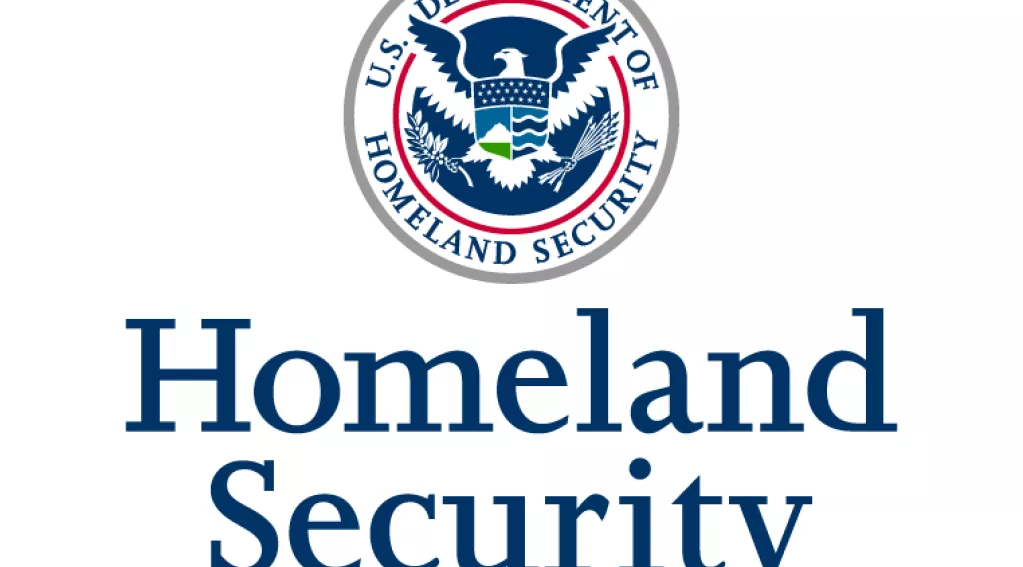As New Immigrants Struggle, DHS Eyes ‘Public Charge’ Reform

Recent rosy reports touting the educational attainment of new U.S. immigrants ignore a harder fact: The latest arrivals are more dependent on welfare programs.An analysis of new Census Bureau data finds that while more immigrants come with college degrees, for a variety of economic and public policy reasons the road to self-sufficiency can be a long one:
- In 2007, 6 percent of new immigrants were on Medicaid; by 2017 it was 17 percent.
- Food stamp use in new immigrant households increased from 4 percent to 13 percent during the period.
- The share of new immigrants in the labor force (working or looking for work) fell from 73 percent in 2007 to 67 percent 2017.
- 2017 incomes are slightly lower and poverty rates are slightly higher than they were in 2007.
- 71 percent live in government-subsidized housing.
- One in five are projected to end up on food stamps.
- One in seven will be on Medicaid.
Tags
< Previous Article
Gov. Cuomo’s Pandering Gives Him No Sanctuary From Demands of Radical Open Border Groups
Next Article >
Foreign Student Enrollment Falls from Record High

